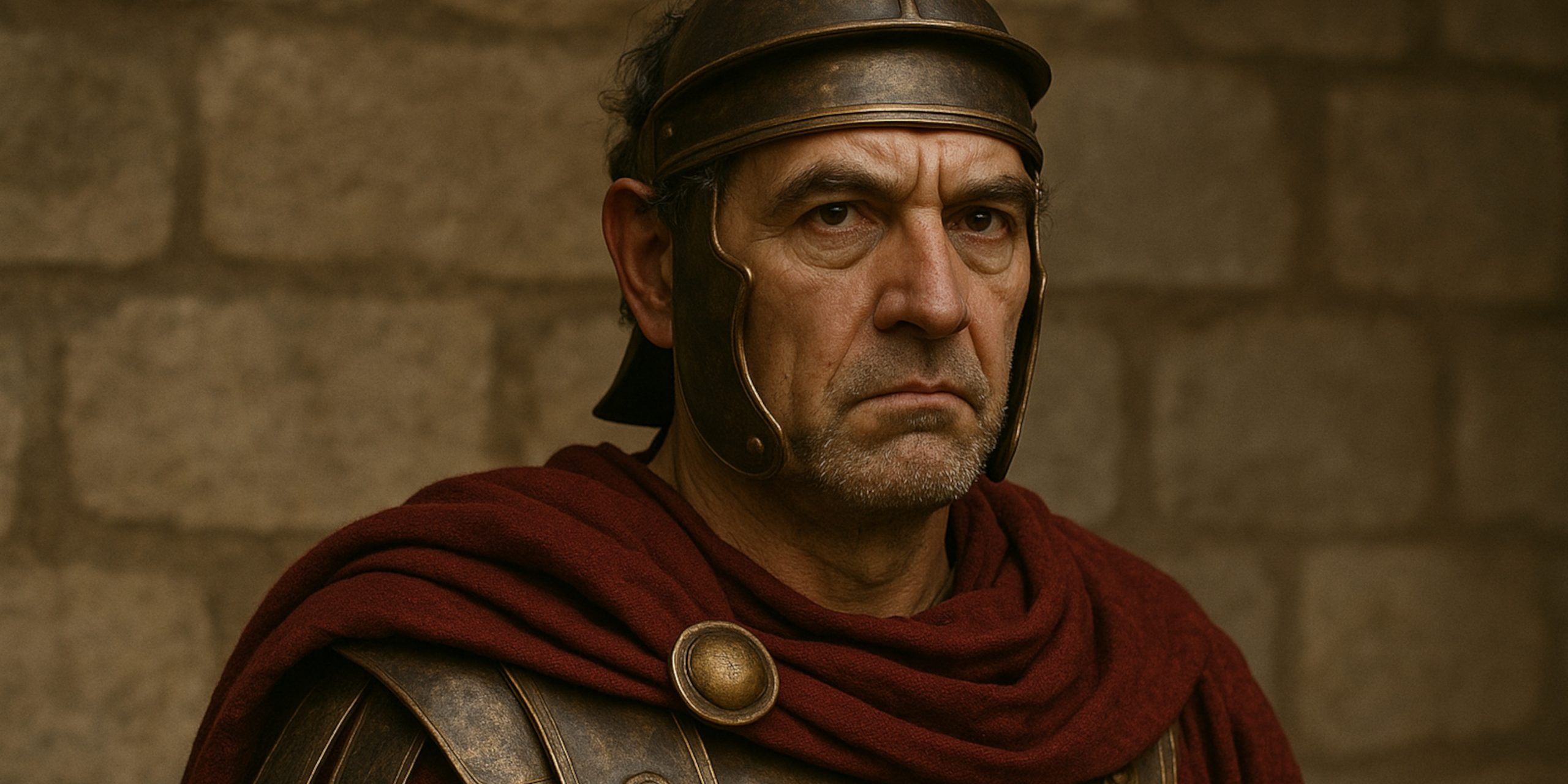
Gaius Suetonius Paulinus was a Roman general of considerable ability, best known for ending Boudicca’s revolt in Britannia. His career spanned key campaigns in North Africa and Britain during the reigns of Claudius and Nero, and he became a figure of stern efficiency in Rome’s imperial expansion.
Military Career and Campaigns
Suetonius’ earliest noted command was in Mauretania (modern-day Morocco and Algeria), where he led punitive expeditions against tribal uprisings. According to Tacitus, he was the first Roman commander to cross the Atlas Mountains with a disciplined army, showcasing his boldness and logistical skill.
His most notable role came in Britannia. Appointed governor around 58 AD, Suetonius adopted an aggressive strategy to extend and consolidate Roman control. He targeted Druid strongholds, most famously mounting a decisive campaign against the island of Mona (Anglesey), a key centre of Celtic resistance. This assault on the spiritual heart of native resistance was brutal, systematic, and intended to break the cultural spine of rebellion.
While he was engaged in Mona, news came of Boudicca’s revolt in the east. Returning quickly, Suetonius found Londinium already under threat. Recognising the city could not be defended, he ordered its evacuation. His tactical retreat allowed him to regroup with available forces and choose favourable ground for the decisive engagement that followed.
The Battle Against Boudicca
The exact location remains uncertain, but the final confrontation between Suetonius and Boudicca likely took place somewhere along the Roman road now known as Watling Street. Tacitus records that Suetonius arrayed his forces in a narrow defile, protected to the rear by woods, forcing the larger British host into a frontal attack.
The Roman forces were, acccording to the Roman propaganda after the event, heavily outnumbered, yet their discipline, superior armour, and cohesion won the day. Legionaries stood in close ranks, hurling pila before engaging with gladius in tight formation. The Britons were routed, with thousands slain in what Roman sources describe as a slaughter. Tacitus states: “Suetonius, with unshaken firmness, united his legions and placed them in close formation… the enemy fell in heaps.”
Arms and Armour
Suetonius’ legions in Britain would have been equipped with the standard imperial kit of the mid-1st century AD:
- Helmet: The Imperial Gallic type was most common, offering protection while allowing hearing and vision.
- Body Armour: Lorica segmentata, constructed of interlocking iron strips, gave Roman troops excellent torso protection while retaining mobility.
- Shield (Scutum): A curved rectangular shield used in tight formations.
- Weapons: The pilum (heavy throwing spear) and gladius (short stabbing sword) were staples. Cavalry units accompanying the legions likely carried longer swords such as the spatha.
Suetonius himself, as a senior officer, may have worn ornate versions of standard gear, including a muscle cuirass or bronze decorations, and carried a parazonium as a symbol of rank.
Leadership and Reputation
Suetonius is described by Tacitus as severe, disciplined, and utterly Roman in his values. He lacked the flamboyance of some contemporaries but was a capable tactician and a hard man, willing to make ruthless decisions in service of order.
He fell from favour shortly after suppressing the rebellion. Nero’s court grew concerned about the severity of his retaliation, particularly the mass killing of Britons following Boudicca’s defeat. He was replaced, possibly to appease local elites and allow a more conciliatory approach.
Contemporary Quotes
Tacitus, who provides the most detailed account of Suetonius’ career, offers this portrait in Annals XIV:
“A general of tried valour, he prepared to strike, and gathered to himself all that remained of the legions not utterly scattered.”
And again in Agricola:
“Suetonius had the courage to strike when everything appeared lost.”
These accounts frame him as a general of resolve, if lacking political finesse.
Where to See Artifacts and Archaeology
While no personal belongings of Suetonius Paulinus have survived, evidence from his campaigns can still be explored:
- British Museum, London: Displays a range of Roman military equipment found in Britain, including fragments of lorica segmentata and weapons that may date to Suetonius’ time.
- Londinium Archaeological Archive: Excavations in the City of London show destruction layers and rebuilding phases connected to Boudicca’s revolt.
- Caerleon Roman Fortress and Museum (Wales): Contains exhibits on the Roman military presence in Britain.
- Mona/Anglesey: Archaeological digs in the area hint at possible evidence of the Roman assault on Druidic sites, including burnt layers and ritual items destroyed.
Recent discoveries along Watling Street, including mass graves and remains of Roman fortifications, continue to be examined as candidates for the final battle site.
Legacy
Gaius Suetonius Paulinus remains a figure of Roman iron discipline. His tactical acumen and battlefield control saved Roman Britain from collapse, even if his methods invited later criticism. Unlike Agricola or Julius Caesar, he left behind no grand political legacy or memoir. His record is instead etched into the Roman military tradition: ruthless, efficient, and unyielding.



